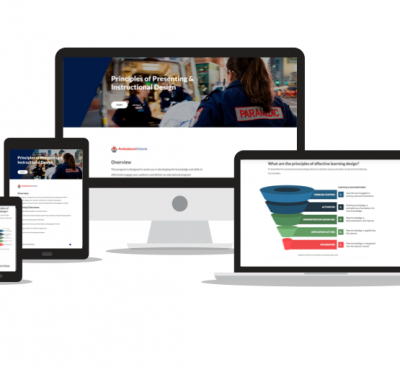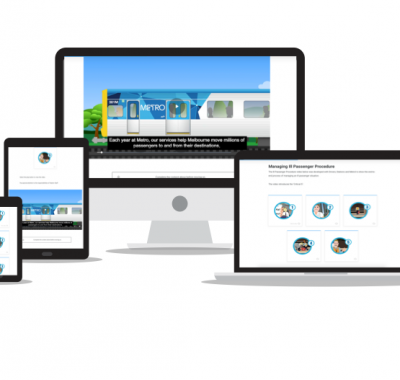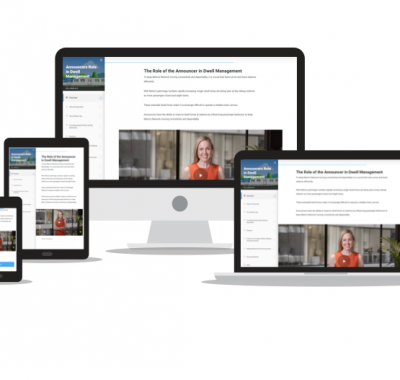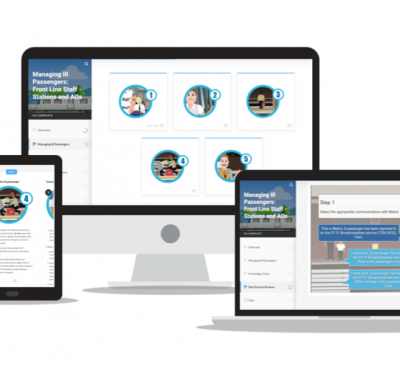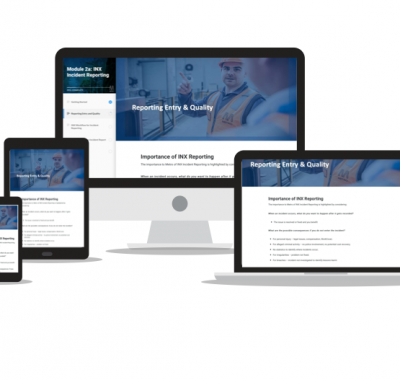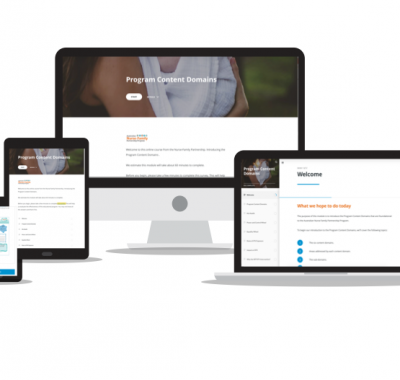eLearning Designer Hobart
eLearning Designer Hobart
What does a Hobart eLearning Designer do?
Our Hobart-based eLearning Designer creates, creates, develops, reviews, and iteratively improves online courses around Learning Design using e-learning creation platforms like Articulate 360.
In contrast to eLearning Developers in Hobart, who frequently concentrate primarily on the production of a programme, eLearning Designers are responsible for the actual design of the learning, including sequencing, content, and instruction. The online education designer will typically collaborate with subject matter experts (SME) to create the course’s learning materials and design the course flow before constructing the programme using the proper authoring technology.
Key Responsibilities of the eLearning Designer:
- Organise and set up your educational activities to flow smoothly.
- Make eLearning resources that can effectively communicate complex ideas.
- To promote learning, giving precise instructions.
- To create the content quickly, use effective authoring tools and responsive eLearning design.
- Choose the interactive features, tools, and marketing tactics that are most effective for your content.
- Employ pictures, illustrations, and other visuals to visually communicate information.
- The assessment process should follow the objectives of learning.
- Use a learning management system to make eLearning accessible (LMS)
- Examine evaluation results to ascertain the eLearning program’s efficacy.
- Based on the findings of evaluations, eLearning programmes should be continuously improved.
What is the difference between e-Learning and Instructional Design ?
Although both instructional design and eLearning include the creation of adult learning experiences, there are key differences between the two. By combining instructional design ideas with adult learning principles, instructional designers produce learning experiences that help learners acquire the knowledge, skills, and behaviours required to achieve particular objectives. The term “instructional design” covers a wide range of methods for delivering training, including face-to-face instruction, facilitator-led instruction, self-paced instruction, leader-led education, on-the-job training, online instruction, and eLearning.
The majority of eLearning is done online. It is frequently self-paced, however, this is dependent upon the authoring application that was utilised to create it. eLearning may typically be adapted to a wide range of platforms, including PCs, tablets, and mobile phones. The eLearning programme is built by eLearning Developers using an authoring tool, whereas eLearning may be generated by instructional designers using a storyboard. Since they frequently possess both the abilities of instructional design and eLearning authoring, the eLearning designer may take over if the instructional designer believes that eLearning is a good fit for the learning objectives. To learn more about Instructional Designers in Hobart visit our Instructional Design page or read about our several Hobart Instructional Design Courses.
eLearning Designer Hobart – Skills and Qualities
Communication
To create effective instruction, and to communicate with stakeholders, SMEs, instructors, video developers, graphic designers and other relevant persons
Learner-focused
eLearning Designers should have the learner front of mind in everything that they do.
When designing and developing eLearning, they should ask themselves:
- Is it easy to navigate?
- Is the content clear and concise?
- Are the activities relevant, impactful and contextualised?
- Does it include a variety of interactions and elements to keep learners engaged?
Eagerness to Learn
eLearning is an innovative field that is continuously evolving. Authoring tools and software are constantly updated to incorporate new, complex elements and features, which open up further possibilities for delivering content in engaging and effective ways.
It’s important that eLearning Designers are keen learners to:
- Keep up with the latest learning research and trends
- Develop skills in areas that will support eLearning design
- Build and refine skills in using various authoring tools and design software
- Deliver effective educational design services
Creativity
Creative and innovative eLearning Designers will:
- Explore methods of delivering content in more engaging, inciteful and efficient ways
- Create rich learning tasks that deepen learners’ understanding
- Develop realistic, interactive scenarios that support learners in applying concepts in context
- Ideate designs for images, diagrams, infographics, videos and other elements that will enhance the content
Enquire Now
eLearning Development Articles and Advice
- IDA’s eLearning
- eLearning: Dos and Don’ts
- How-To: Design for Online Courses
- The Learning Benefits of Video and Multimedia
- Moving training online
- More articles on instructional design
- Learn more about our eLearning Development services here

